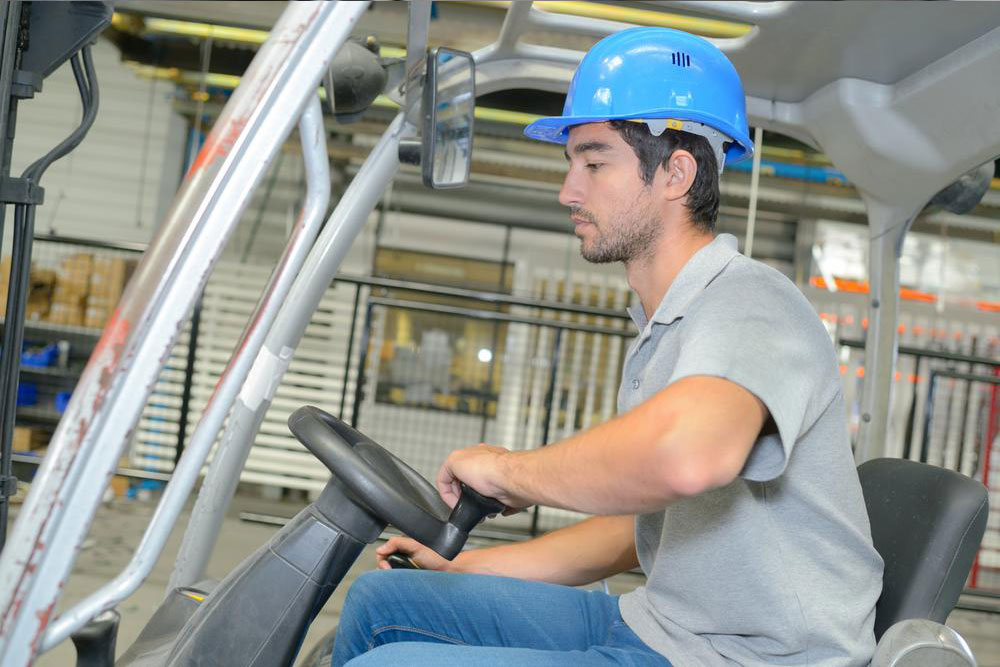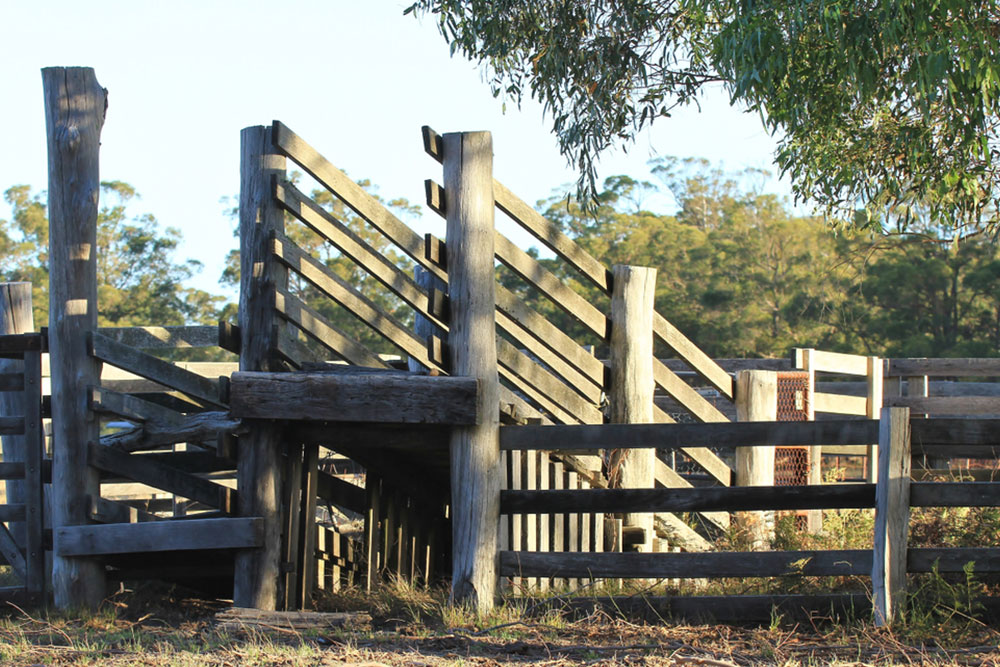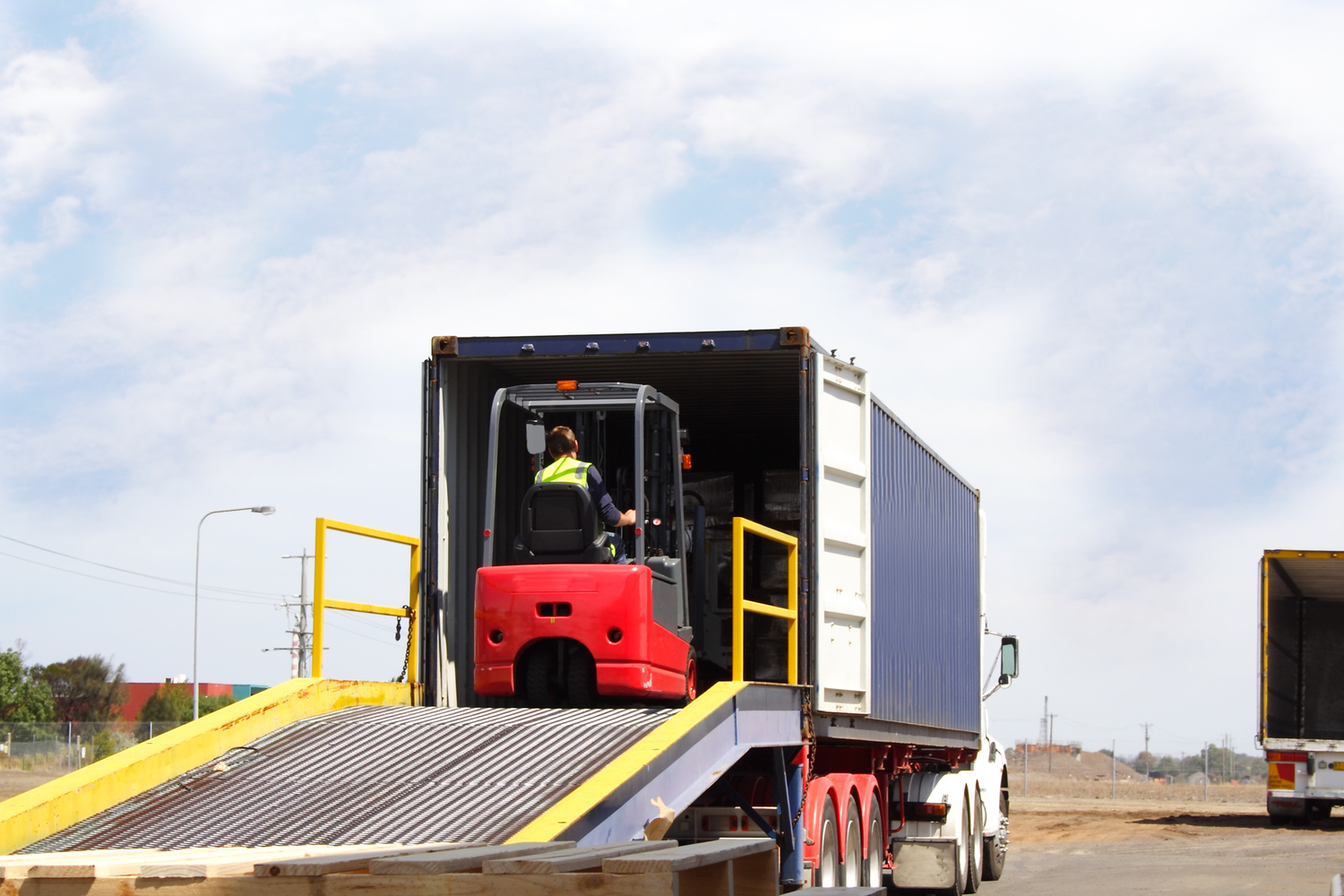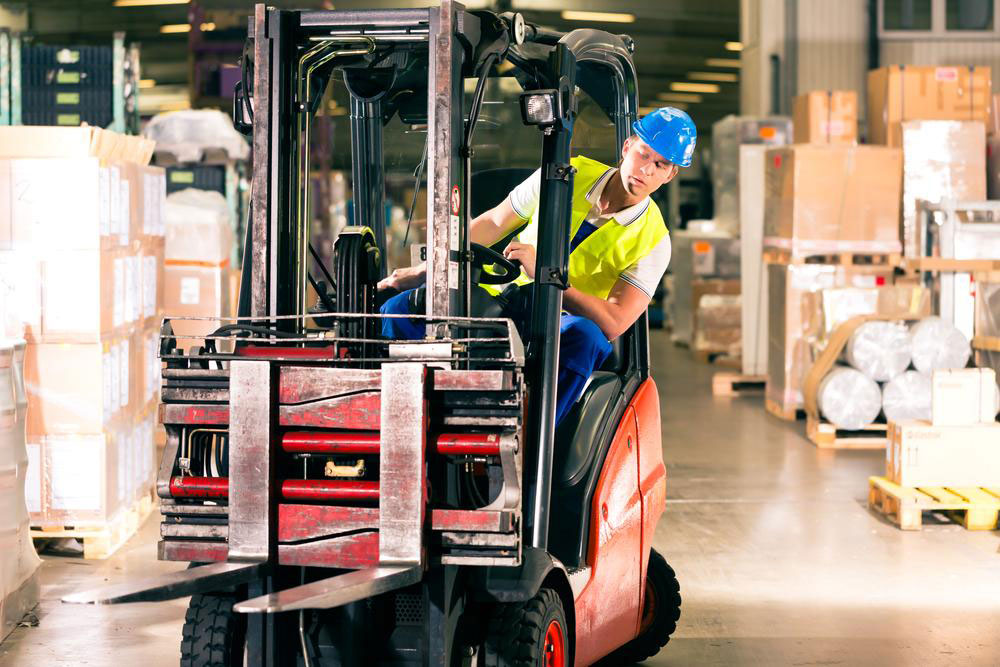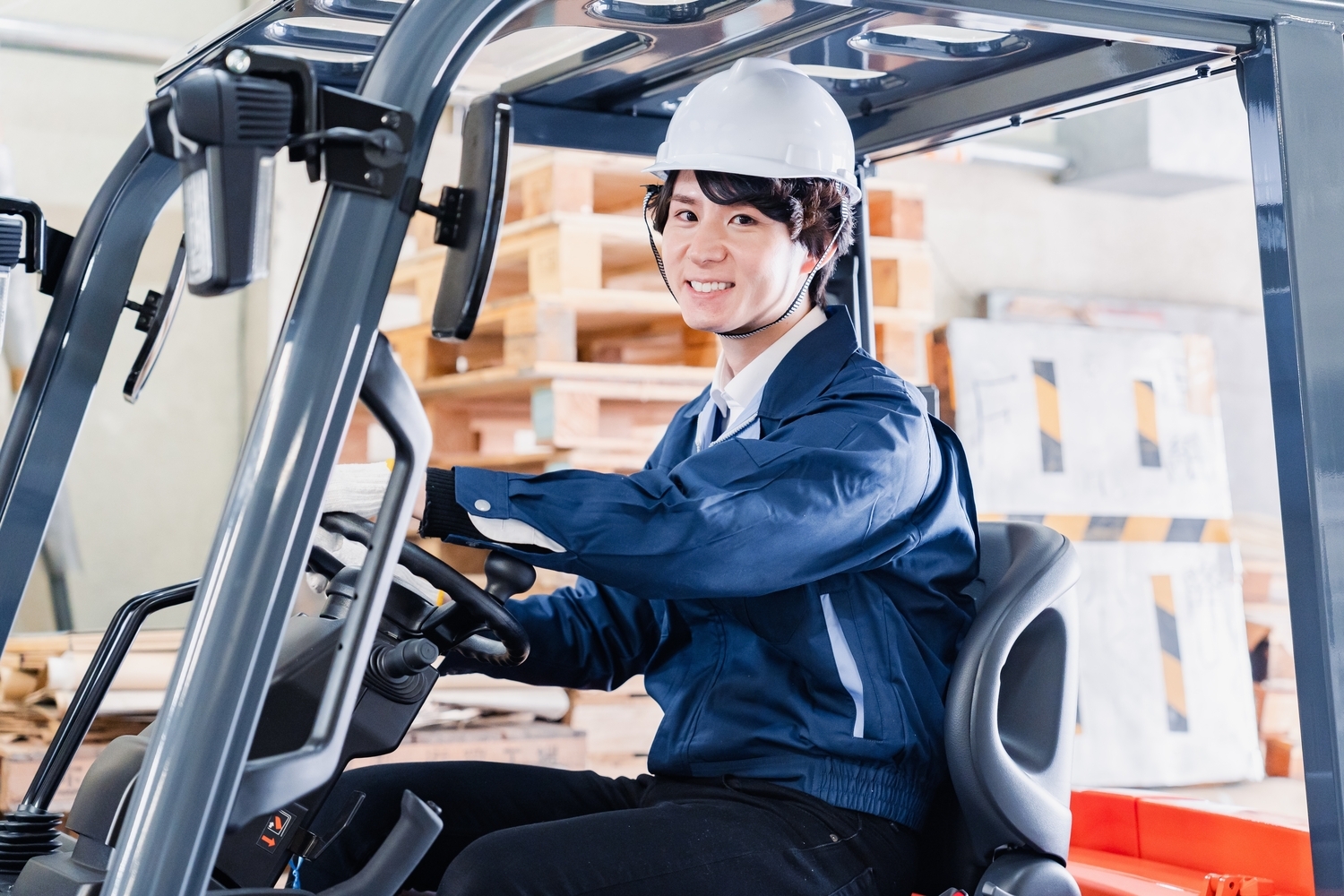Comprehensive Guide to Selecting the Ideal Yard Loading Ramp for Your Business
Discover comprehensive insights into selecting the ideal yard loading ramp for your business. This guide covers essential factors like design, features, customization, and manufacturing origin to boost safety, efficiency, and flexibility in material handling processes. Perfect for logistics managers seeking cost-effective, portable, and adaptable solutions to enhance operational productivity in warehouses, construction sites, and outdoor yards.

Comprehensive Guide to Selecting the Ideal Yard Loading Ramp for Your Business
In today’s fast-paced logistics and warehousing industry, efficiency and safety are paramount. One essential piece of equipment that significantly enhances operational productivity is the yard loading ramp. Often referred to as mobile container ramps, these versatile structures facilitate seamless loading and unloading processes for trailers, containers, and other transportation units. Choosing the right yard ramp is crucial for optimizing your supply chain, reducing downtime, and ensuring safety for your forklift operators and workers. This comprehensive guide sheds light on key factors to consider when selecting a yard ramp, helping you make an informed decision tailored to your business needs.
Yard ramps are widely used in logistics centers, manufacturing plants, warehouses, and even construction sites. They bridge the gap between ground level and elevated loading docks, making it easier for forklifts and other heavy machinery to load and unload goods efficiently. These portable, durable ramps are designed for quick deployment, ease of movement, and adaptability across different environments. Their primary function is to streamline material handling operations, especially where permanent dock facilities are not available or feasible.
It’s important to understand that investing in a yard ramp impacts overall operational efficiency and safety. Therefore, selecting the right ramp involves evaluating multiple features and functionalities to match your specific workflow requirements. Here, we explore the essential factors you should consider, including design, features, customization, and manufacturing origin, to ensure your investment yields maximum benefits.
Which Yard Ramp Best Fits Your Business Needs?
Yard ramps come in various configurations, with features designed to cater to different operational scenarios. To determine which type of ramp suits your business, consider your specific loading environment, trailer or container sizes, and the frequency of usage.
Portability and Repositioning: The primary advantage of mobile yard ramps is their ability to be relocated with minimal effort. Features like rubber tires—usually around 18 inches in diameter—enable towing and positioning within your facility or between sites.
Hydraulic Systems for Adjustment: Modern yard ramps are equipped with self-contained, double-acting hydraulic systems. These allow operators to quickly adjust the ramp angle and height, ensuring a smooth and safe transition for forklifts onto trailers, containers, or railcars. This quick adaptability minimizes loading times and increases throughput.
Design Variations: Depending on your specific needs, choose between straight ramps, beveled-edge ramps, or adjustable width units. Some ramps feature open steel grating for enhanced traction and drainage, preventing water or debris accumulation, thereby increasing safety and operational efficiency.
Understanding the Usable Width of Yard Ramps
The effective usable width of a yard ramp refers to the actual surface width available for forklifts and operators to maneuver safely. This measurement does not always correspond to the total width of the ramp, which may include safety features like side curbs.
Safety Curbs and Side Supports: Most yard ramps include side curbs, which add to the total width but slightly reduce the clear width available for forklift operation. Always check the 'usable width' specifications before making a purchase.
Operational Space: Ensure that the ramp's usable width is sufficient for the size of your forklifts and the load capacity required. For wider or heavier equipment, select a ramp with extra width and sturdier construction.
Customization Options for Enhanced Compatibility
Every business has unique operational requirements; hence, customization plays a vital role in selecting the perfect yard ramp. Custom features can significantly improve safety, functionality, and compatibility with existing equipment.
Extended Curbs and Wheel Guides: For specialized forklifts or machinery with larger wheels, extended or reinforced curbs provide additional support and safety.
Handrails and Safety Barriers: If the ramp will be used as a pedestrian access point or in environments with high safety demands, adding handrails can prevent accidents.
Surface Coatings: For outdoor environments exposed to harsh weather, textured or anti-slip coatings enhance safety and durability.
Manufacturing Origin: Domestic vs. International
Knowing whether your yard ramp is domestically produced or imported is essential for assessing quality, warranty support, and compliance standards.
Domestic Manufacturing: Ramps manufactured locally often feature integrated guardrails and support structures built directly into the superstructure. They tend to follow stricter regulatory standards, ensuring safety and durability.
International Certifications: Some imported ramps may have independent guardrails or support frameworks, which could affect stability. Always verify certifications and manufacturing details before purchasing.
Benefits of Using a Yard Ramp
Implementing a yard ramp can significantly enhance operational flexibility and safety, especially in environments lacking permanent loading docks. Here are some compelling advantages:
Increased Flexibility: Yard ramps are ideal for temporary setups or mobile sites, offering a quick solution for increasing loading capacity during peak periods or special projects.
Cost-Effective Alternative: They eliminate the need for building costly permanent dock structures and can be moved as operational needs change.
Enhanced Safety: Properly designed ramps provide safe transition points for forklifts and personnel, reducing the risk of accidents and equipment damage.
Outdoor and Indoor Use: Durable construction allows for use in various environmental conditions, from enclosed warehouses to outdoor yards exposed to the elements.
Ease of Mobility: Features like ramp clamps and tow bars enable quick re-positioning using forklifts, making them suitable for dynamic work environments.
Ultimately, investing in a high-quality yard ramp optimizes your loading operations, saves costs, and improves overall safety. By understanding the key aspects—such as design, customization, and origin—you can select a ramp that aligns with your operational needs and growth plans.
